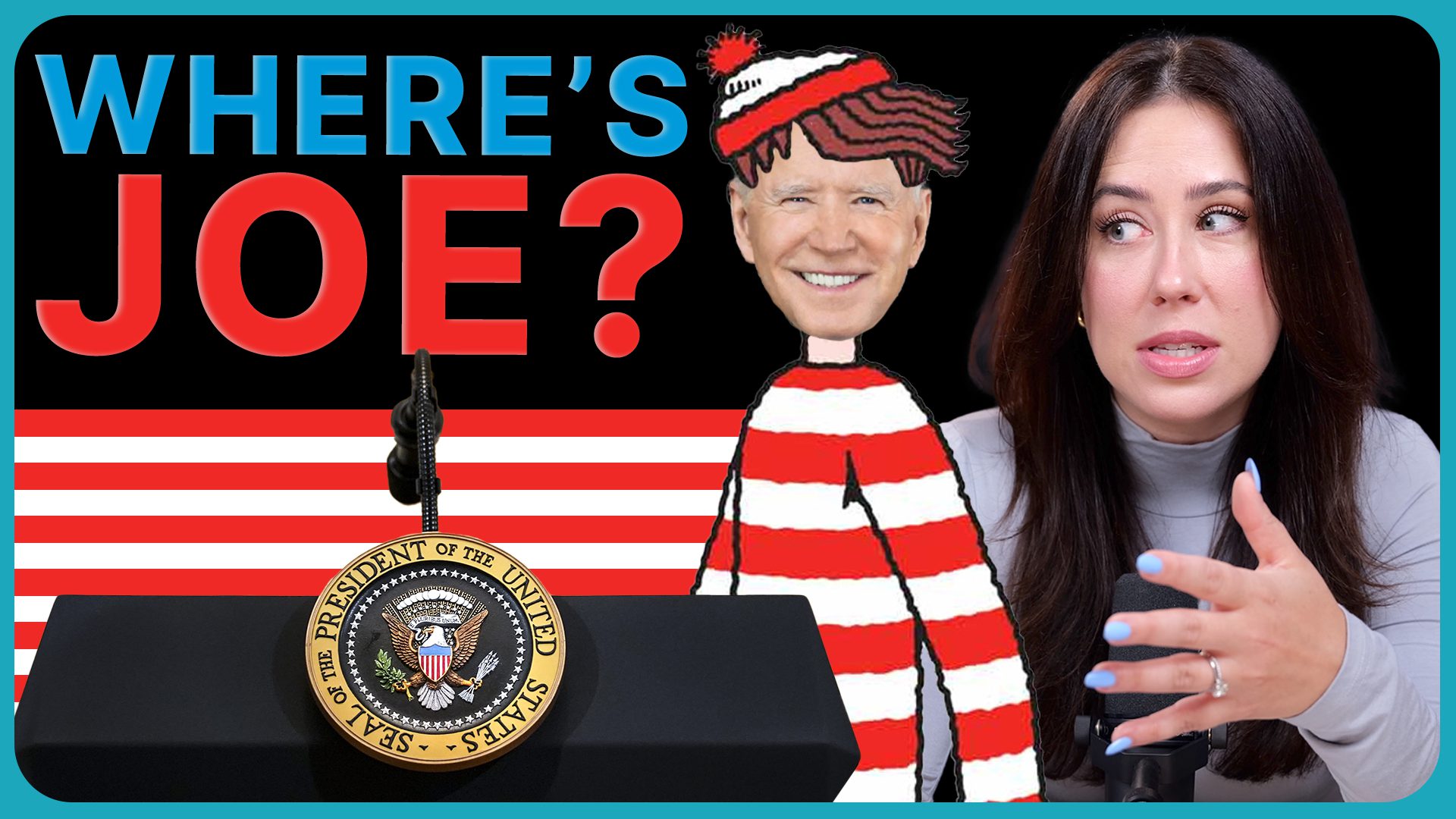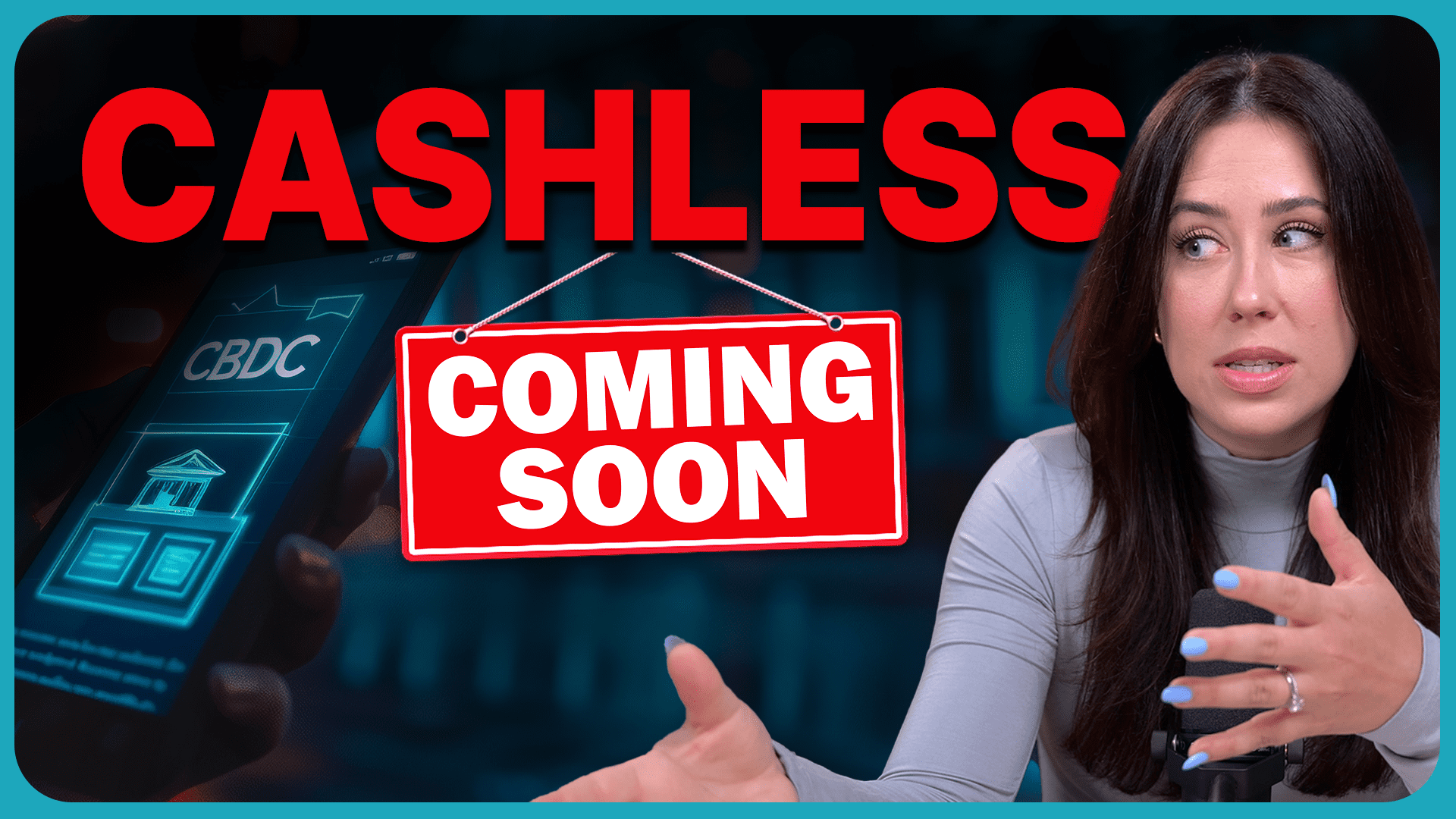Can U.S. banks survive? Interest rates staying higher for longer. Banks are sitting on over $400 billion of unrealized losses. So no rate cuts this year could result in the largest banking crisis we’ve ever experienced. Multiple banks have already failed following last year’s high interest rates impacting their balance sheets and leaving banks with a lack of available capital.
Following these failures, we were all promised multiple rate cuts to the tune of six this year alone. But back in February, I actually predicted that we would see higher for longer, and not because of inflation, which we thought would persist, but because of the amount of government debt maturing this year. And the only way to avoid a crisis is to keep interest rates up.
But before we get into that $8.9 trillion worth of government debt maturing, it’s important to first understand just how vulnerable the banks really are. Following the explosion of the money supply in 2020, Banks were faced with an abundance of cash deposits and nowhere to invest them. This resulted in banks buying up government debt in record numbers tying up most of their available capital in long-term Treasury bonds.
Those bonds might have looked like a safe bet at the time, but right after banks bought them, interest rates rose, bond prices declined, and therefore banks were left with massive amounts of unrealized losses. In other words, the price they paid for the bonds versus the price that they could currently sell them at would come at a loss.
The reason these losses are unrealized is because technically, if they don’t sell the bonds, then they’re not losing money. But we all know that if you need liquidity and you’re forced to sell something, those unrealized losses become realized very quickly. And this is exactly what’s happening with the banks’ holdings of bonds, as well as commercial real estate loans.
With 13% of large banks’ balance sheets being comprised of commercial real estate loans and almost 44% of regional banks’ balance sheets being tied up in commercial real estate. With asset values already down thanks to a decline in demand for office space, owners are struggling to refinance these loans at current rates.
The banks’ answer so far to avoid any losses has been to push out refinancing and delay as long as possible. But we all know you can’t extend and pretend forever, and none of this even takes into consideration the amount of derivative exposure that these banks have. But just focusing on the unrealized losses we know that they are in significant trouble.
And it’s against this backdrop that we then look at the United States government and the debt maturities that are coming this year, $8.9 trillion of government debt is set to mature this year, plus the $1.1 trillion of current deficit spending and whatever other deficit spending happens this year, I think we’re on track to hit 2 trillion. So let’s just call it an even $11 trillion worth of debt that’s owed.
When government debt matures, they have two options. Option one find the resources to pay off the debt. Option two is to roll over the debt or to issue new debt at the current rates. Obviously the debt is not going to be repaid. So that leaves us with option two rolling over the debt.
Now, on its face, it might seem like it would make sense to actually have lower interest rates because if the government has to finance $11 trillion of debt, you would want a lower interest rate because it would mean that it would be less expensive to pay it off. But that’s not taking into consideration the way that the government finances its debt, which is through the sale of bonds.
Now, stay with me here. Interest rates and bond prices operate on a seesaw. As interest rates rise, bond prices fall. Which is exactly why the banks have all these unrealized losses. Interest rates rose, and the bonds they’d already bought were worth less. New bonds in the market when interest rates high are actually worth more.
Now for some context, the U.S. Treasury market, the way that the U.S. finances its debt is struggling right now. Demand for these bonds, demand for U.S. debt has been declining, which is especially alarming given the fact that interest rates are high and therefore bonds are more favorable.
The largest foreign holders and buyers of U.S. bonds are actively moving away from U.S. debt for a variety of reasons, whether it’s the weaponization of the U.S. dollar, fears around United States sanctions. It could be new geopolitical alliances such as the BRICs bloc or the United States.
Sound economic mind has been called into question after downgrades and bank failures. And on top of that, this is all happening at the same time that the Federal Reserve is reducing their balance sheet by $1.5 trillion.
All of this to say, with $11 trillion worth of debt for sale, who’s going to buy it? With demand as low as it is, who is going to buy it? Someone has to. Because the alternative is that the United States government defaults. And at that point there would be a complete collapse.
The only way I see this working is by continuing to keep rates high, in order to make bonds more favorable. This is exactly what I said would happen a couple of months ago. But the kicker is, while we might avoid a catastrophe like the one I just outlined, if the United States government were to default on its debt, what happens to the banks?
The same banks who have been holding their breath, waiting for a rate cut while they sit on hundreds of billions of dollars of unrealized losses? And should they need any liquidity, they can’t afford to sell their bonds at a loss. What happens to them is what I want to know, because that’s where our cash is stored.
And if they don’t have liquidity and too many people try and make a withdrawal, what happens? Well, last week, a U.S. Treasury buyback program was announced, the first of its kind in over 20 years, which will allow the Treasury to buy back billions of dollars worth of securities in order to allow more liquidity.
Now, I have thoughts on what this is and what it means. Some people out there are calling it quantitative easing or a bank bailout by another name. Some are saying that it’s clear cut and neither of those things. What do you think it is? Let me know in the comments below.
But regardless of what you want to call it, this is an obvious temporary life raft for failing banks who are drowning. And the question now becomes, how long will this help keep them afloat? And if it does, create additional liquidity isn’t that odd at a time when the Federal Reserve is actively fighting inflation?
Doesn’t it seem counteractive because more liquidity could lead to more inflation, which might result in higher interest rates or higher interest rates for even longer? Maybe it’s all intentional. Higher interest rates for longer means more favorable ones, more inflation, all to help ease an ever-growing debt burden. I don’t know.
But what we do know is that currencies historically collapse when those who are holding the debt sell the debt and force the government central banks to print more money cover the debt or buy back the debt. It’s during this time period when we typically would see a rapid devaluation of a currency.
This is one of the biggest things that’s going to happen this year, this debt maturing. And we still don’t even know how it’s really going to impact us until it happens. But we do know in the meantime that our currency is no doubt being devalued, which means that we cannot protect our wealth in dollar or dollar-denominated assets.
So the questions you need to be asking yourself are how do you protect your wealth and assets? How do you sustain your standard of living through a currency devaluation? And if a devaluation turns into a collapse, are you prepared to create lasting wealth for your loved ones and the causes you care about?
And if you don’t have the answers to these questions, that’s okay. That’s what we’re here for. Click the link below if you want to talk to one of our expert analysts who have years of experience in helping people, helping understand what people’s goals are and how they best can protect themselves through a custom strategy.
Like I said, the debt maturing this year is one of the biggest things that’s going to happen, and not nearly enough people are talking about it. So please make sure to share this video with your loved ones, like, and if you haven’t, already subscribe, it really helps us get the word out.
As always, I’m Taylor Kenney with ITM Trading. Your trusted source for all things gold, silver and lifelong wealth protection. Until next time.














